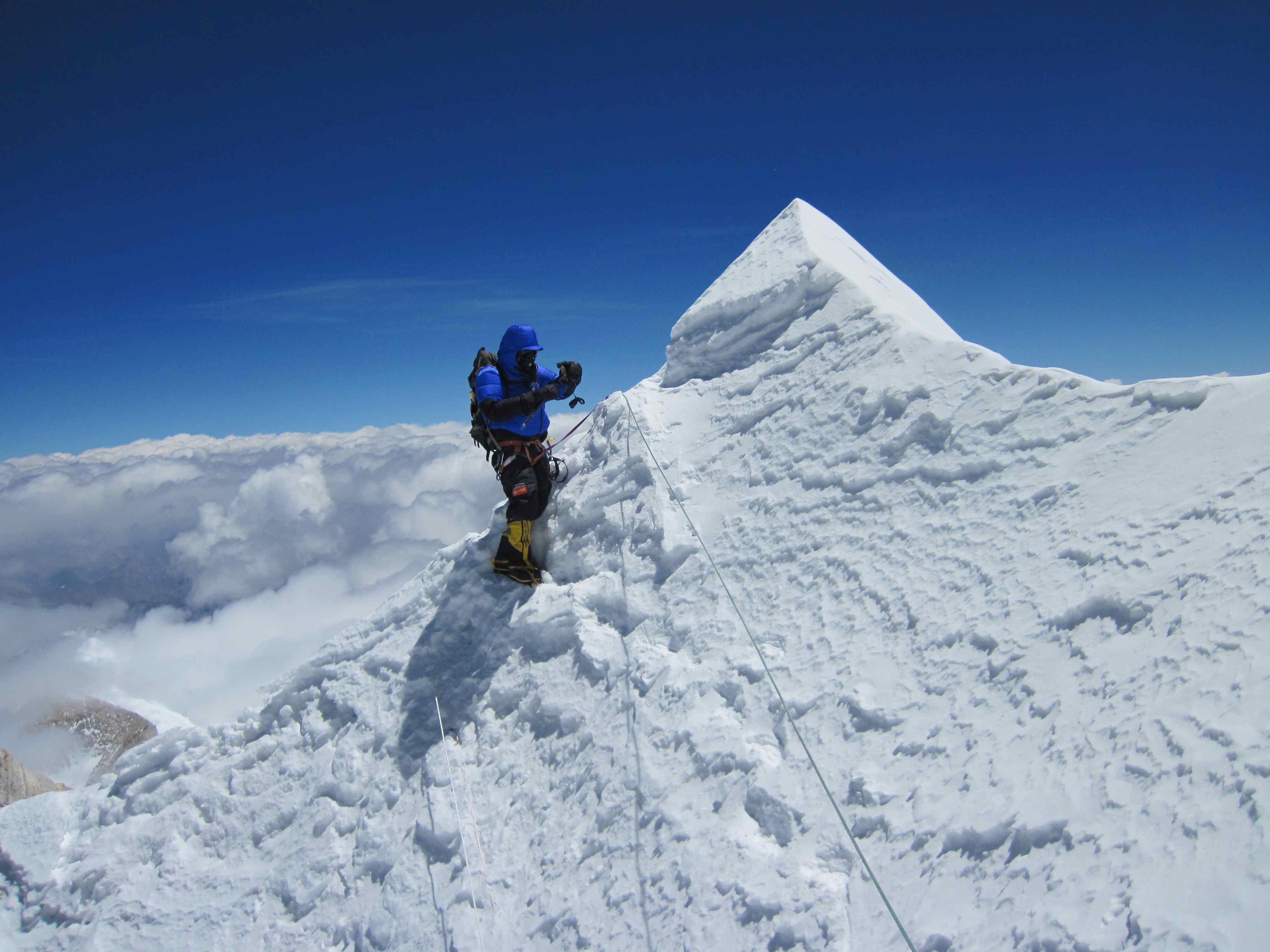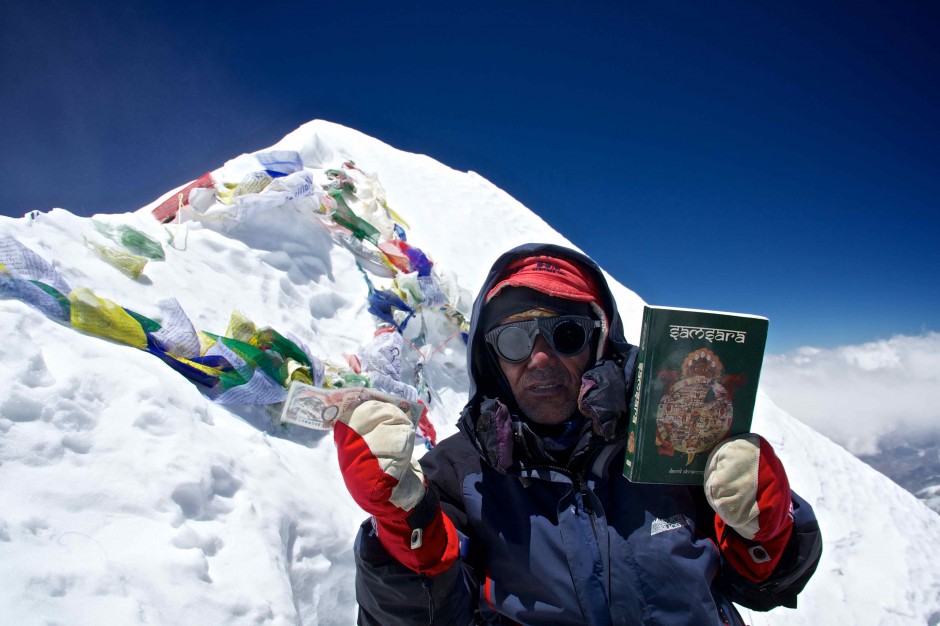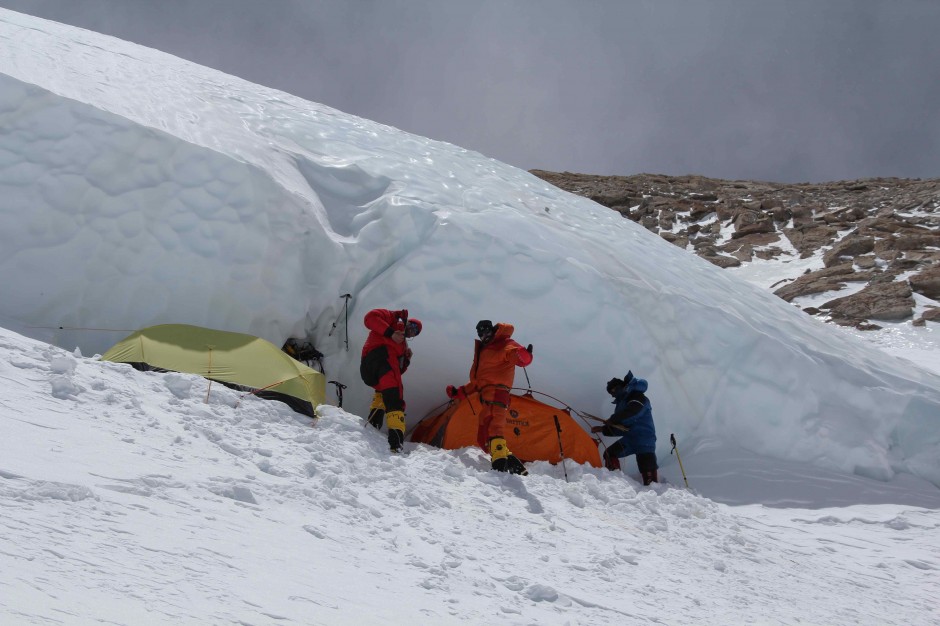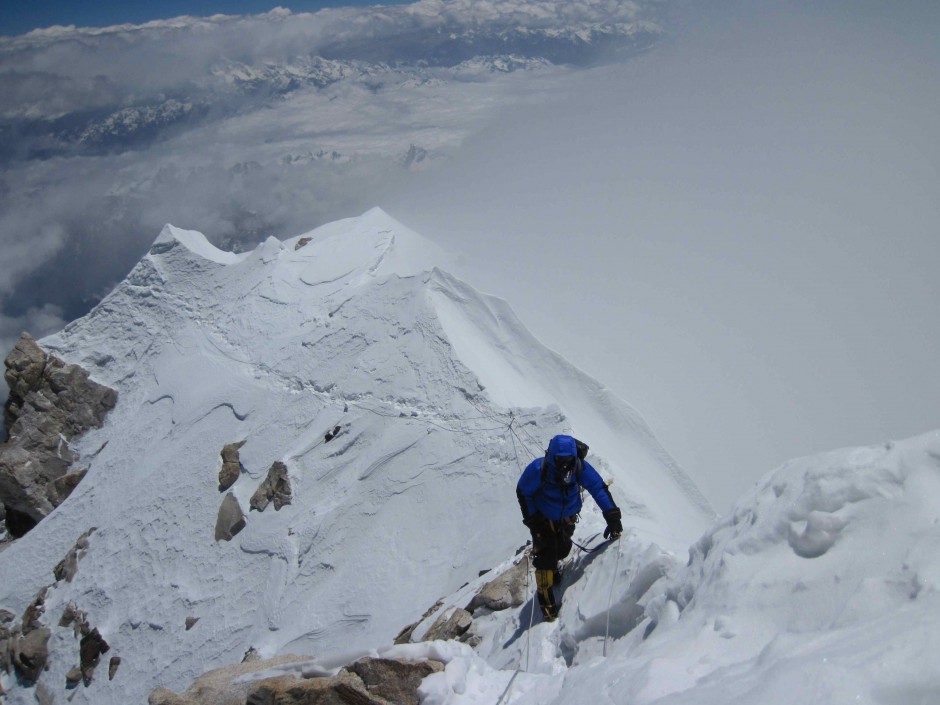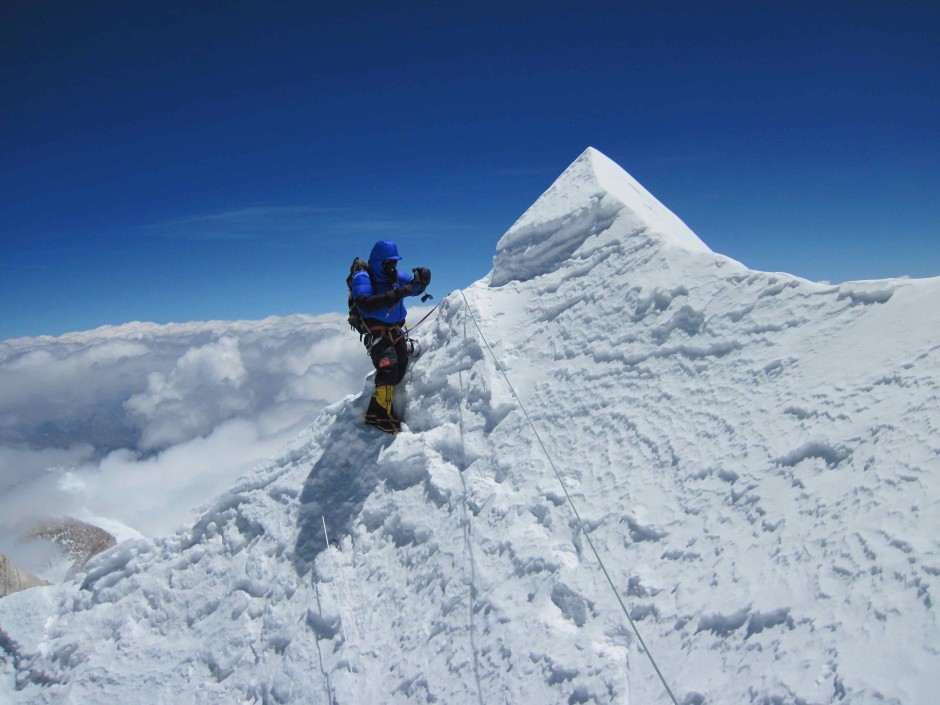I’m not a mountaineer, nor do I ever intend to be — there’s far too much drama and death involved. I joined this alpinist circus a few years back and have only recently begun to grasp the consequences. Nonetheless, I am irresistibly drawn back for one more try, one more mountain.
I first came to Nepal in 1991. We did a one-month trek up to Makalu base camp. I remember thinking at the time that it would be completely insane to go any higher.
